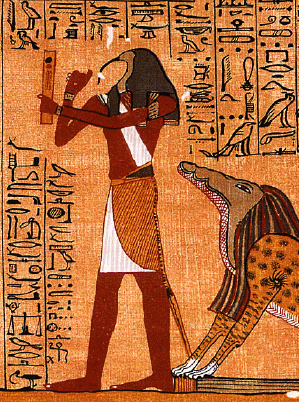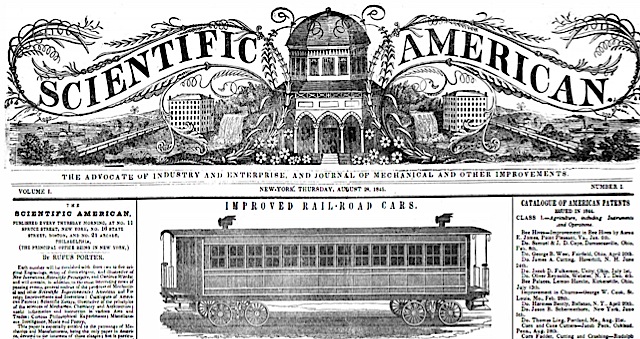
With armed conflicts occurring worldwide, we are constantly aware of the death tolls in Syria, Afghanistan, Lebanon and the Sudan. What is not always publicized are those that simply vanish overnight with no knowledge of their condition or whereabouts. Their fates will probably never be known and the families are left to wait, to wonder, to try and continue with their lives while living with uncertainty.
In China, Mexico, Somalia, Columbia, North Korea, the former Soviet Union states and many others, these disappearances are carried out by government authorities. It can, however, occur almost anywhere.
See today's story in The Washington Post:
http://www.washingtonpost.com/national/the-international-day-of-the-disappeared-draws-attention-to-the-fate-of-the-worlds-missing/2012/08/29/4b0d0a26-f1f2-11e1-b74c-84ed55e0300b_story_1.html

http://miyoyoshida.com/no-more-disappeared.html

For more information:
http://www.icaed.org/the-campaign/
http://www.amnesty.org/en/enforced-disappearances
_________________________________________________________________________
On this day in 1938 Maksymilian Faktorowicz died. As a child living near Moscow he would sell hand-made rouges, creams and fragrances. When a well-known when theatrical troupe passed through town and wore his cosmetics to perform for Russian nobility people took notice and eventually he was appointed the official cosmetic expert to the Imperial Russian Grand Opera.
Being Jewish in Russia was not always easy and in 1904 he decided to leave for the United States. Upon arriving at Ellis Island his name, like so many others, was changed - to Max Factor. Factor would move to Los Angeles, to try to work in the cosmetic industry and work on the sets of the rapidly expanding film industry. But while the heavy greasepaint cosmetics worked fine on stage, they were not suitable for film where the hot lights used for camera work would make them cake and peel.
In 1914 Max Factor would perfect the first cosmetic (later referred to as Make-up) specifically created for movie set use. Although still basically greasepaint it was much thinner and in a cream form and sold in jars in 12 different graduated shades. It was the beginning of the make-up we still use today.



The Historical Inebriant: The Lipstick Cocktail
Ingredients:
Being Jewish in Russia was not always easy and in 1904 he decided to leave for the United States. Upon arriving at Ellis Island his name, like so many others, was changed - to Max Factor. Factor would move to Los Angeles, to try to work in the cosmetic industry and work on the sets of the rapidly expanding film industry. But while the heavy greasepaint cosmetics worked fine on stage, they were not suitable for film where the hot lights used for camera work would make them cake and peel.
In 1914 Max Factor would perfect the first cosmetic (later referred to as Make-up) specifically created for movie set use. Although still basically greasepaint it was much thinner and in a cream form and sold in jars in 12 different graduated shades. It was the beginning of the make-up we still use today.


Ingredients:
2/3 oz Bacardi® white rum
2/3 oz creme de bananes
1 1/3 oz cream
1 1/3 oz grenadine syrup
Pour all ingredients into a cocktail shaker half-filled with cracked ice. Shake well, and strain into a small frosted hurricane glass filled with cracked ice. Garnish with a slice of orange and a maraschino cherry, and serve.







